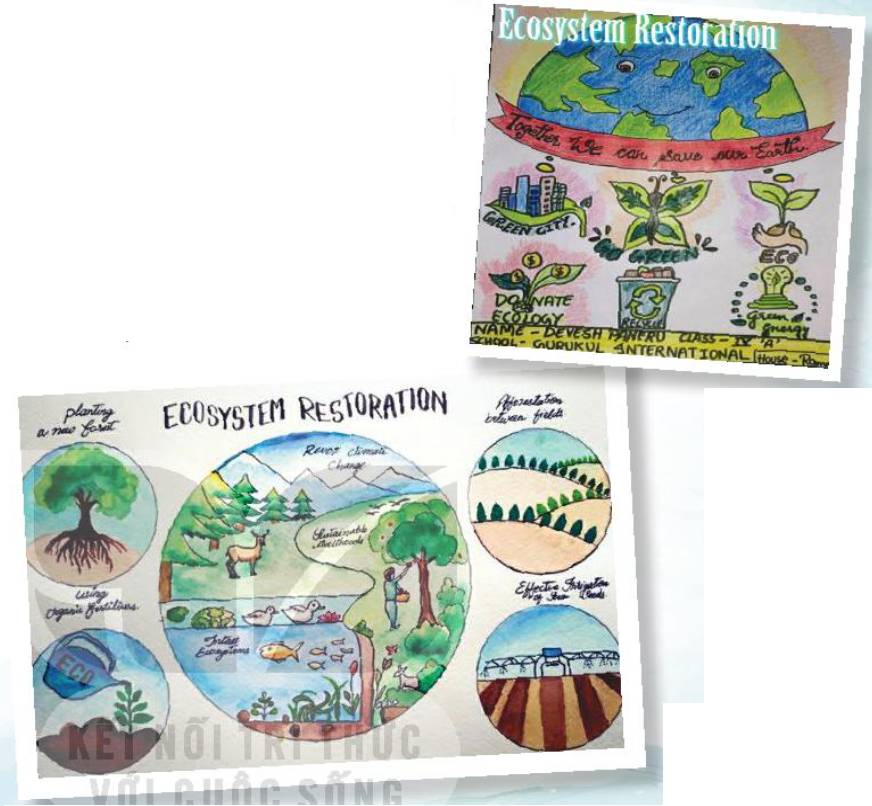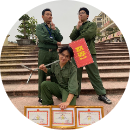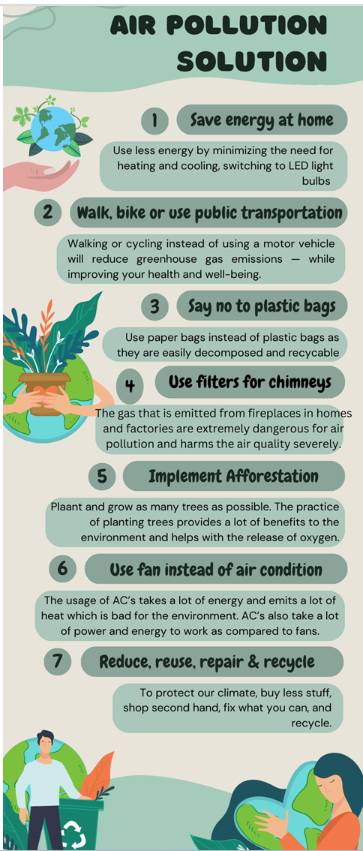Restore and protect a local ecosystem
Work in groups. Make a poster to illustrate an ecosystem in your local area and suggest ideas to restore and/or protect it.
Give a group presentation. Use these questions as cues.
- What does the ecosystem include?
- What is its current condition? Is it damaged?
- What can we do to restore and/or protect it?






















